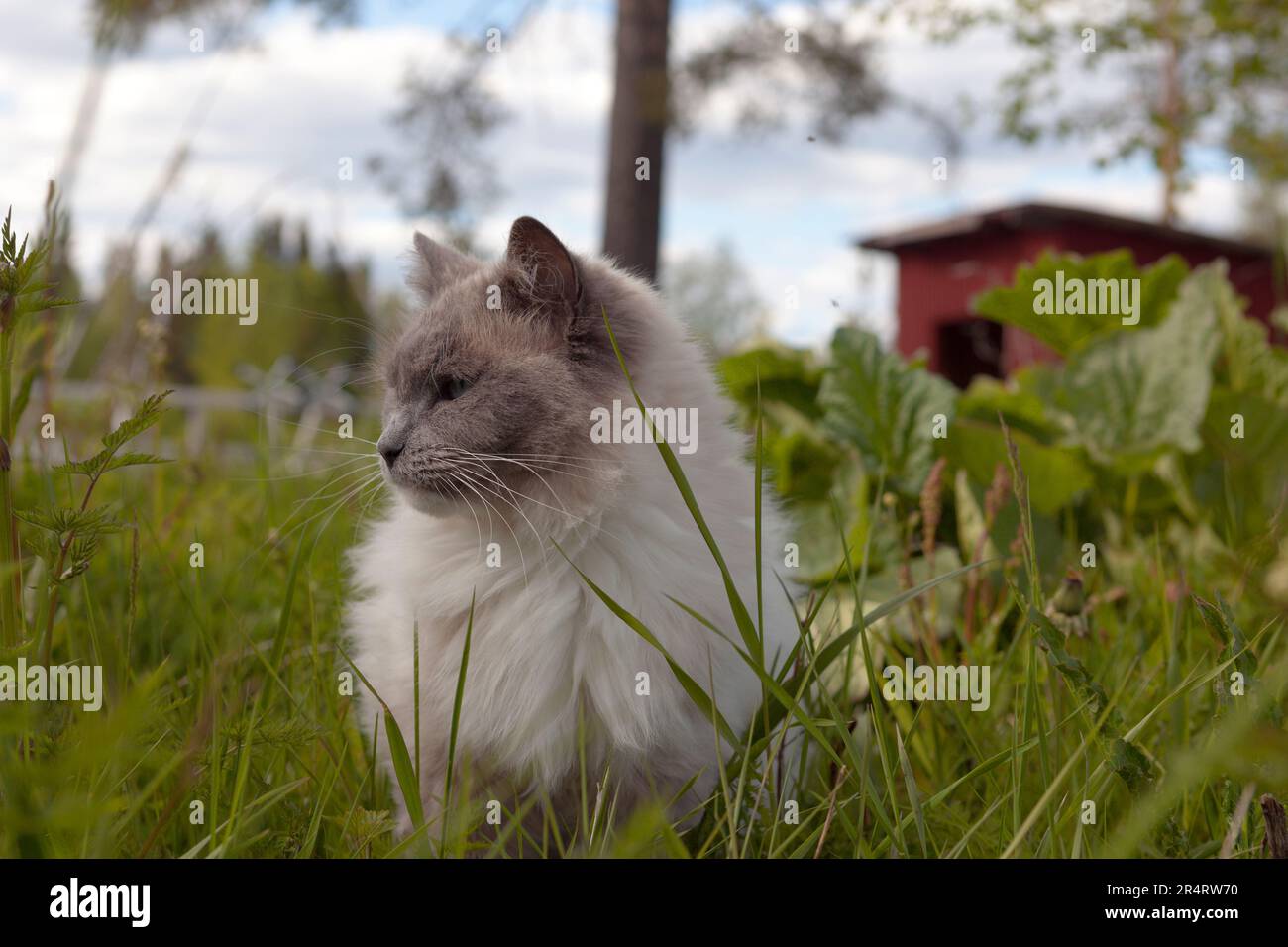

In the book that he was writing, we find a curse directed at the cheese-nibbling beast: “Pessime mus, sepius me provocas ad iram ut te deus perdat” Hildebert distracted by a mouse. Hildebert lifts a stone in an apparent attempt to kill the mouse. The illustration shows how a mouse has climbed up Hildebert’s table and is eating his cheese. 122r)Īside from their book-endangering eating habits, mice could be an annoying distraction, as illustrated by the twelfth-century scribe Hildebert. A mouse ate my Boethius! (© Corpus Christi College Cambridge, MS 214, fol. The manuscript has been all but devoured by rats and mice and every page shows the marks of their teeth. For good reason, because a medieval manuscript offered a tasty treat for the little vermin, as this eleventh-century copy of Boethius’s De consolatione philosophiae illustrates. The cats were there to keep out the mice. Given their inclination to defile beautiful books, why were cats allowed in medieval libraries at all? A ninth-century poem, written by an Irish monk about his cat “Pangur Bán”, holds the answer: And beware well not to leave open books at night where cats can come.] Cursed be this cat for peeing over my book! (© Cologne, Historisches Archiv, G.B. Et cavendum valde ne permittantur libri aperti per noctem ubi catti venire possunt.” Confundatur pessimus cattus qui minxit super librum istum in nocte Daventrie, et consimiliter omnes alii propter illum. “Hic non defectus est, sed cattus minxit desuper nocte quadam. He was forced to leave the rest of the page empty, drew a picture of a cat and cursed the creature with the following words: A Deventer scribe, writing around 1420, found his manuscript ruined by a urine stain left there by a cat the night before. One of the manuscript pictures tweeted by that this is nothing new: Cat paws in a fifteenth-century manuscript (photo taken at the Dubrovnik archives by the medieval owner of this manuscript may have been quite annoyed with these paw marks on his otherwise neat manuscript, another fifteenth-century manuscript reveals that he got off lucky. Paws, Pee and Pests: Cats among Medieval ManuscriptsĮveryone who has ever owned a cat will be familiar with their unmannerly feline habit of walking across your keyboard while you are typing. In this present blog, I have added the rather entertaining aftermath of the blog post (I was contacted by The International Cat Association!), as well as a better version of the image of the medieval manuscript that was peed over by a mischievous feline in fifteenth-century Deventer… Since today is #InternationalCatDay, I figured it was time to reboot the following blog post, which appeared three-and-a-half years ago on medievalfragments and is my most succesful blog post so far.


 0 kommentar(er)
0 kommentar(er)
